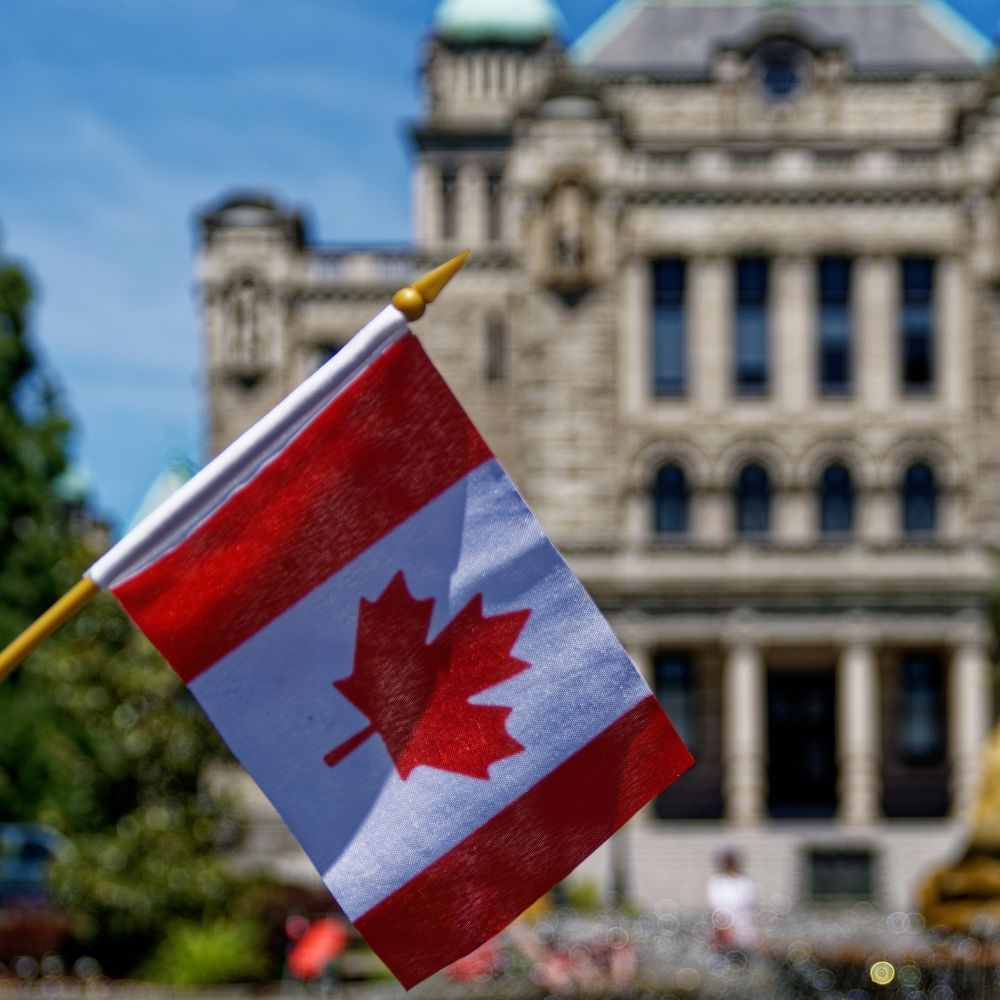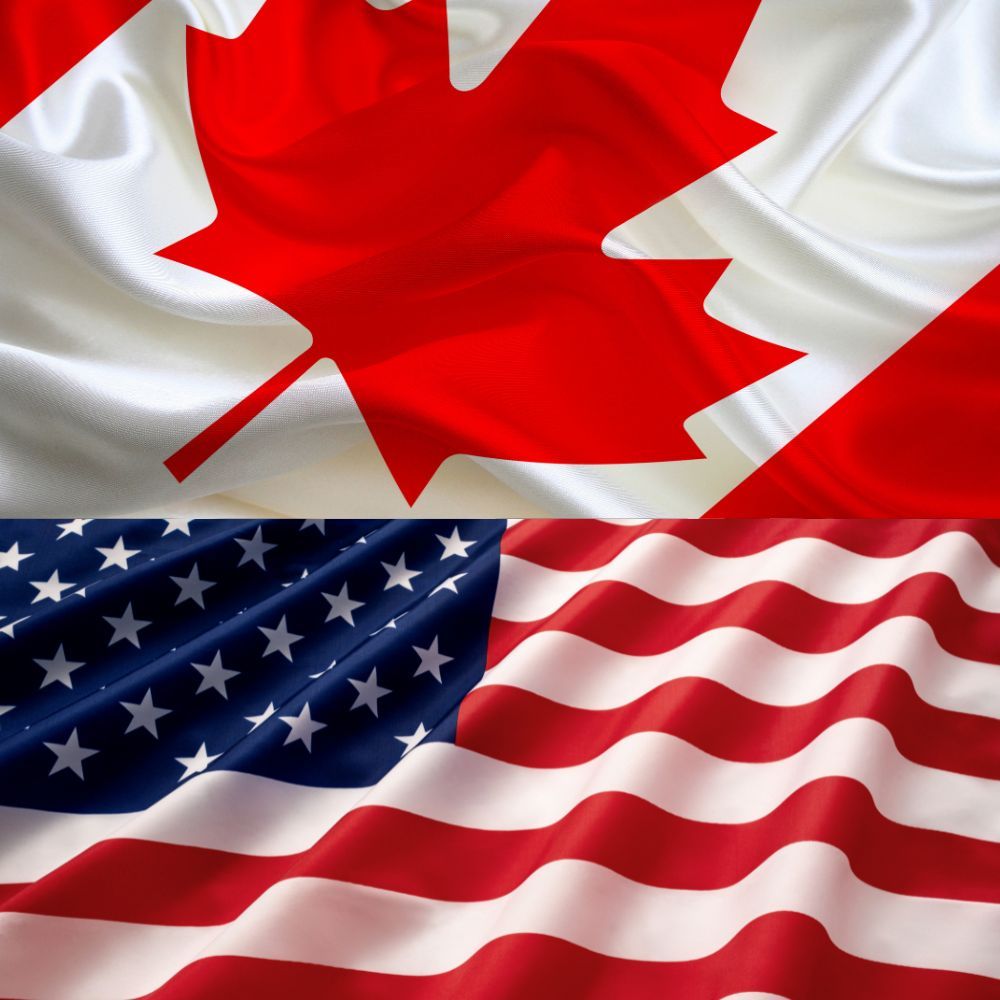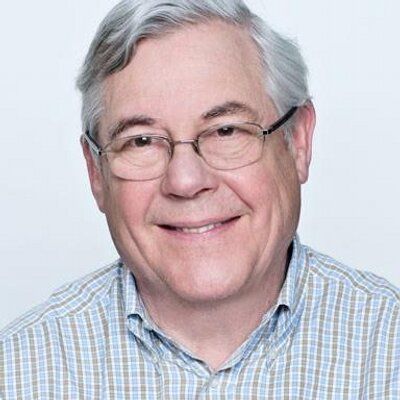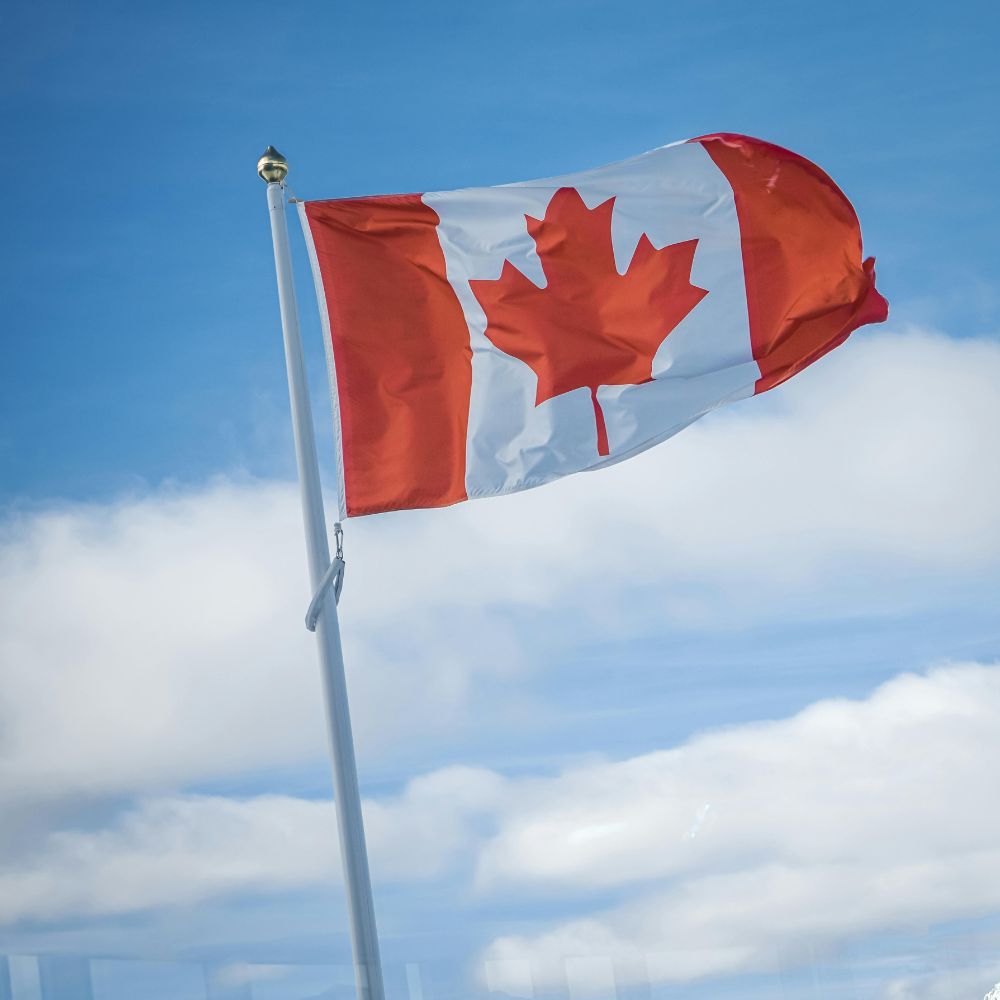Goodbye Justin – Why is he not Connecting to Canadians
The Liberals liked to tell us that the problems they have are not with the wonderful programs they have delivered for Canadians but that they had been unable to communicate them effectively. What if the real problem was the communicator-in-chief, Justin Trudeau, ever more repetitive and tightly scripted, was simply not connecting with the public anymore? In fact, he’s been alienating them?
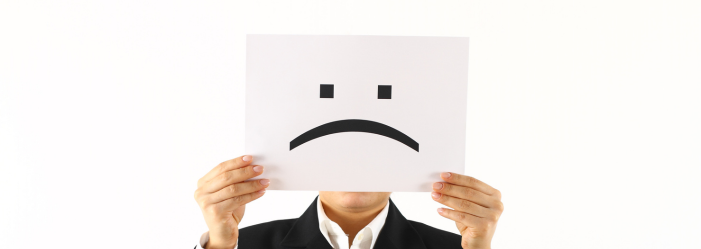
Why did Trudeau stop connecting with Canadians? In recent months, no matter how much he spent on programs to entice the including dental care and pharmacare and a raft of programs to increase the supply of rental and new housing, his approval remained at the lowest level of any Prime Minister ever. Let’s try and give this a professional analysis.
Certainly, he was visible enough. Appearing daily on TV domestically fronting every new program in the fall. Plus, landing regularly at head of government meetings and conferences all over the world and getting clips on TV.
So, the first conclusion is a serious problem well known to political strategists: he has been terribly overexposed. The public simply has become tired of the daily Justin face on TV trying to reach out to them always using the same words like “continuing to” invest in Canadians. And we’ve grown wary of his self-conscious, self-satisfied smirks when he thinks he’s answered a question effectively when in fact he almost never addresses a question directly. And the profuse use of “uhs” which simply annoy.
Many who dislike him call him a “phony.” One hears that a lot. Also “inauthentic,” it’s hard to see that he believes in what he says – a basic quality of good communication is for the speaker to believe what he or she says and show it. A “showman” who’s all performance - which has been related to his time as a drama teacher. Shannon Proudfoot of the Globe and Mail wrote about the real emotion he finally displayed in his resignation: “…it has been a long time since Mr. Trudeau betrayed anything that seemed like a real reaction that responded directly to the moment.”
Also, he has almost no humor. A key element in any effective communication. Especially for social media. As is spontaneity which is now very rare as Justin repeats worn talking points at nauseum.
One may well ask what happened to his ability to communicate after he did such a credible job day after day informing us during the Covid crisis. Perhaps his own fatigue and lack of enthusiasm being such a target of unrelenting attacks and nastiness. He is human and also suffered the departure of his wife. At times like this one tends to fall back on comfortable and familiar ways of expressing oneself.
There is also the tendency in his speaking to say the obvious as if it was a revelation. “Captain Obvious” some might say. The writer and critic Bob Ramsay put it this way: “Trudeau is also a heavy user of the phrase “hard-working,” as in ‘hard-working Canadians.’ This flattery is so tired and fake that it’s cringe-worthy. When we hear him say it, are we really meant to connect more with him, to believe he understands us, that we’re a bunch of hard-working folks bonding over our common cause?” He also repeatedly says when dealing with a serious issue “ We are working round the clock on this.” As if…
Finally, there is the ill-defined motivation for the overall Liberal program. The obsessive purpose to work for the “middle-class and people working hard to join it.” This was the spine of the Liberal platform in 2015 and has been endlessly repeated. Note this statement made going into the Charlottetown Cabinet retreat in 2013: “We made a commitment to stand up for the middle class, and we will not stop fighting until everyone has a real and fair chance to succeed. As we head into a new Parliamentary session next week, we remain focused on the things that matter most to Canadians: making life more affordable and creating good, middle-class jobs now and into the future.”
This verbose promise to create a “chance to succeed for everyone” and “good middle-class jobs” is so vague as to mean nothing. It is belied by the fact that it is the middle-class that has been hit hard by inflation, and the rising cost of groceries and housing. It is also typical of the Liberals tendency to overpromise and underdeliver, an ironclad rule of political “not to do’s.” And of course, the not stop fighting juvenile description of the Liberal’s unflagging dedication! It’s worth noting that none of these placebos are goes for social media clips so important for so many
Finally, there is the question of who comes to the strong defense of Canada when it is threatened. Certainly not Justin Trudeau, on holiday when Trump launched his bombastic threats to our sovereignty and economy. Bullies need strong resistance, or they keep bullying. Justin has yet to articulate the kind of national pride that Jean Chretien did so masterfully in the Star on January 11, as addressed to Trump: “ What could make you think would ever give up the best country in the world – and make no mistake we are – to join the United States…If you think that threatening and insulting us is going to win us over don’t know a thing about us.” He then lists the key values we all share, like tolerance, and the generous social safety nets we have built. It’s one of the best defenses of our nation I have seen in years. It could have been a memorable part of Trudeau’s farewell. It wasn’t.
In conclusion, the style, content, and mode of expression of Justin Trudeau has steadily led to the increasing lack of trustworthiness of this government ‘s chief communicator. As a former PMO script and media release writer I can only say that his staff have allowed him to fall into a groove which has reduced his authority and credibility.
Patrick Gossage Insider Political Views
